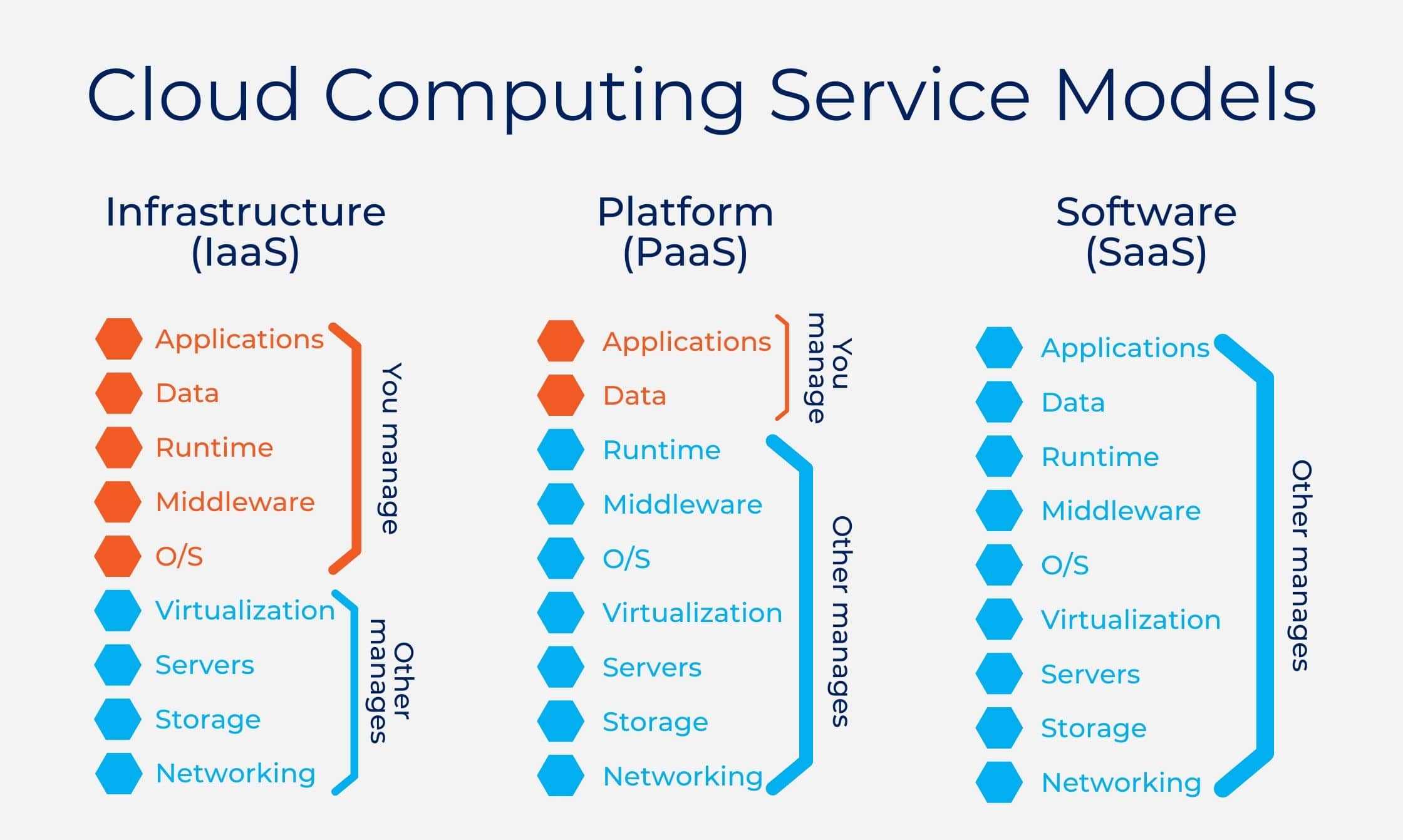In a rapidly changing digital landscape, businesses are continuously seeking ways to enhance efficiency, streamline operations, and foster innovation. Enter the world of Software as a Service (SaaS), a dynamic and evolving solution that has been transforming the way organizations operate. As traditional software models fade into the background, innovative SaaS solutions are emerging, bringing with them a wealth of opportunities for businesses of all sizes. From start-ups to established enterprises, these cloud-based applications are not only reshaping workflows but also redefining the very essence of collaboration and customer engagement. In this article, we will explore the rise of innovative SaaS solutions, highlighting their impact on business transformation and the exciting possibilities they present for the future. Buckle up as we embark on a journey through the digital revolution, where technology is the thread weaving together the tapestry of modern business.
Embracing Agility: How SaaS Solutions Enhance Operational Flexibility
In today’s fast-paced business landscape, agility is no longer a luxury but a necessity. SaaS solutions empower organizations by providing them with the tools to adapt quickly and efficiently to changing market conditions. By leveraging cloud-based platforms, businesses can easily scale their operations up or down, allowing them to respond to customer demands and industry trends in real-time. This operational flexibility is further enhanced through features such as automated updates and integrated analytics, enabling companies to make data-driven decisions swiftly.
Moreover, the collaborative features inherent in many SaaS applications foster a culture of innovation and teamwork. Teams can access resources and share insights effortlessly, regardless of their location. The ease of implementation and reduced reliance on traditional IT infrastructure means that organizations can allocate resources more effectively, focusing on strategic initiatives rather than overhead. As a result, businesses are not just surviving but thriving in a competitive environment, continually refining their processes and enhancing customer experiences.

From Legacy to Leading-Edge: The Shift Towards Cloud-Based Business Models
As businesses navigate the complexities of the digital landscape, many are transitioning from traditional models to innovative, cloud-based solutions. This transformation not only aligns with current technological advancements but also caters to evolving customer expectations. Companies can now leverage the efficiency and flexibility of Software as a Service (SaaS) platforms to streamline operations, enhance collaboration, and improve customer relations. This shift allows organizations to focus on core competencies while outsourcing IT infrastructure and maintenance to specialized providers, effectively reducing overhead costs.
Key advantages of adopting cloud-based business models include:
- Scalability: Businesses can easily adjust their service usage based on demand.
- Accessibility: Teams can collaborate from anywhere in the world, fostering a more agile work environment.
- Cost Efficiency: Reduced need for extensive hardware and personnel allows funds to be redirected towards innovation.
- Automatic Updates: SaaS solutions provide continuous updates to enhance security and functionality without halting business operations.
Furthermore, the integration of advanced analytics within these platforms is a game-changer. Organizations can track performance metrics in real-time, allowing for data-driven decision-making. Here’s a brief overview of how cloud-based solutions outperform their legacy counterparts:
| Feature | Legacy Systems | Cloud-Based Solutions |
|---|---|---|
| Initial Investment | High capital expenditure | Lower subscription fees |
| Maintenance | Regular IT support needed | Provider-managed updates |
| Collaboration | Limited access | Global accessibility |

Harnessing Data-Driven Insights: The Role of SaaS in Empowering Decision Making
In an age where information overload is commonplace, leveraging data effectively is paramount for successful decision-making in business. Software as a Service (SaaS) solutions have emerged as indispensable tools for organizations, allowing them to collect, analyze, and interpret vast quantities of data with unprecedented ease. By integrating advanced analytics into their operations, businesses can generate real-time insights that drive strategic initiatives and enhance overall performance. This capability enables teams to operate with greater agility, pinpointing trends and making informed choices that align with their goals.
Moreover, the user-friendly interfaces of many SaaS applications facilitate collaboration across departments, breaking down silos that can hinder effective decision-making. Companies benefit from features such as:
- Customizable dashboards that visualize key metrics
- Automated reporting to streamline performance assessments
- Predictive analytics that forecast future trends based on historical data
This cross-functional accessibility ensures that stakeholders at every level are empowered to leverage data insights, ultimately fostering a culture of informed decision-making. In a competitive landscape, those who effectively harness these technologies are not just reacting to market changes—they are anticipating them.

Navigating the Future: Critical Strategies for Successful SaaS Adoption and Integration
As businesses increasingly rely on innovative SaaS solutions, successful adoption and integration become paramount. A well-structured strategy can help organizations navigate potential pitfalls while maximizing the benefits. Some essential strategies include:
- Clear Communication: Keep all stakeholders informed throughout the SaaS integration process.
- Thorough Training Programs: Equip employees with the necessary skills to effectively use new tools.
- Iterative Feedback Loops: Regularly solicit feedback from users to identify issues and enhance usability.
- Robust Integration Planning: Ensure that new software seamlessly connects with existing systems to foster operational fluidity.
Moreover, it is important to establish measurable goals to determine the effectiveness of SaaS solutions. Using a combination of key performance indicators (KPIs) and user satisfaction metrics allows for an insightful assessment of integration success. Consider setting up a summary table to track progress, which may include:
| Metric | Target Value | Current Value | Status |
|---|---|---|---|
| User Adoption Rate | 85% | 75% | In Progress |
| Customer Satisfaction | 90% | 85% | On Track |
| Operational Efficiency | 40% Improvement | 30% Improvement | Needs Attention |
Final Thoughts
As we stand at the intersection of technology and enterprise, the rise of innovative SaaS solutions serves as a beacon of transformation for businesses around the globe. These cloud-based tools are not merely applications; they are catalysts for change, empowering companies to operate with unprecedented agility, efficiency, and insight. As you navigate the evolving landscape of software services, consider the profound implications that these solutions hold—for your organization and the future of work itself.
Embracing the SaaS revolution isn’t just about adopting new technologies; it’s about fostering a culture that champions adaptability and innovation. As we move forward, let us remain open to the possibilities that these tools present, harnessing their potential to reimagine processes and drive growth in an ever-changing marketplace. The journey of transformation is just beginning, and those who embrace it will not only survive but thrive in the bold new world of business. So, as you explore the myriad ways SaaS can reshape your operations, remember: the power to transform lies at your fingertips.






